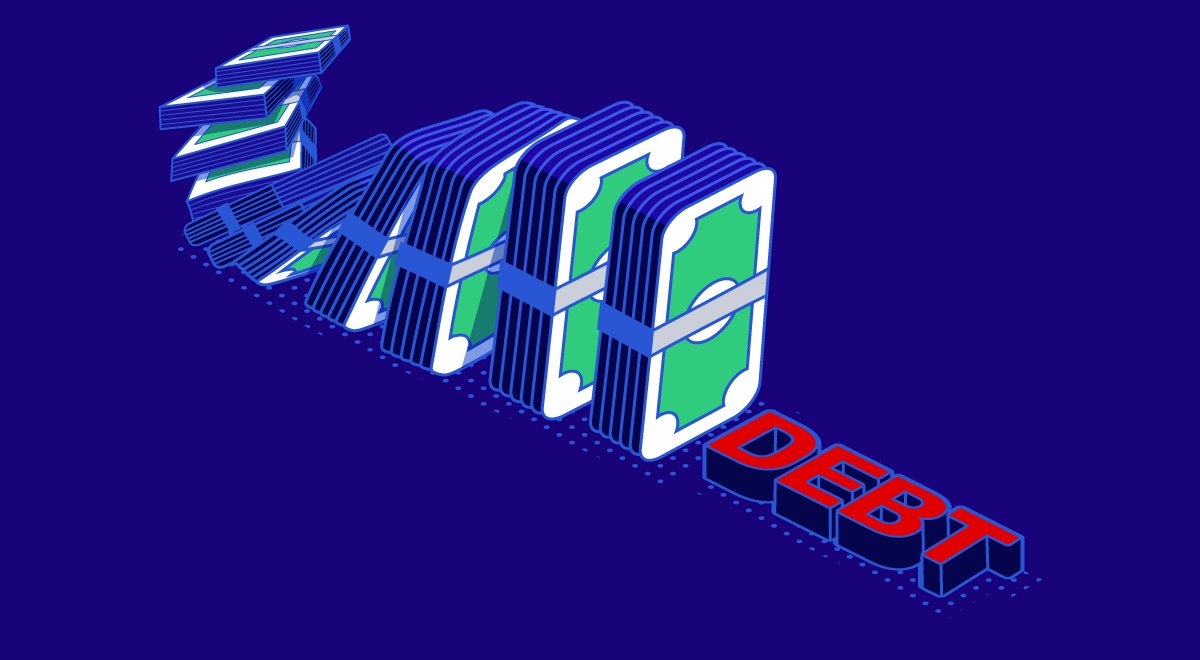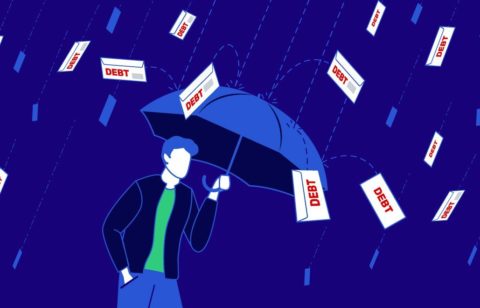It’s not all about the big wins. Taking those little steps to start paying off debt today can make a huge difference. Consumer debt in the United States has grown by 19% since 2009 with a record high of over $14 trillion, according to Experian data. Debt is the number one cause of stress for many Americans. However, if you want to start paying off debt today, there are steps you can take.
Here are our top five ways to start paying off debt right now.
1. Cut Spending
The number one thing you can do to start paying off debt today is to cut your spending and stop adding to your debt. Look at your bank statements and credit card purchases to figure out how much you’re spending each month on luxuries or other unnecessary expenditures.
Cancel any unneeded subscriptions such as Netflix or Hulu. Instead of ordering takeout or going to a restaurant, make a meal at home. Take the money you saved from cutting expenses and put that towards your debt.
You can cut spending down even further, too. Next time you go grocery shopping, look at store flyers or the store app to see what’s on sale. Instead of buying brand name, go generic instead. Need coffee in the morning to start your day? Make it at home instead of buying it at Starbucks. Brewing a cup of coffee at home costs between $0.16 and $0.25, while the average cost of coffee from a shop is $2.70. There are plenty of ways to reduce your spending by making little adjustments to your spending habits.
2. Look at Your Monthly Bills
Look at your monthly bills. Can you make any changes right now to reduce your bills? For example, can you choose a cheaper phone or cable plan? Can you eliminate one altogether?
There are ways to lower your energy bills, too. Take shorter showers, turn lights off when you’re not using them, and wear a sweater instead of turning the heat up. There are also peak hours and rates, depending upon your location and the time of the year, that can affect your bills. Energy used during peak hours can cost 14 times more than during off-peak hours. Check with your energy companies to determine peak hours.
3. Pick Up a Side Gig
Combine spending less with extra income and you can start paying off debt today even faster. Plenty of options exist for side gigs, and some you can do from home. If you have a reliable car, you can sign up to be a rideshare or delivery driver. You can also do some pet sitting or babysitting around your city or in your neighborhood. Do you have a spare room? Consider renting it out. Plenty of work opportunities exist online as well. Freelance writers, editors, social media managers, and virtual assistants are able to make a living doing these jobs full-time.
Side gigs are becoming much more common as a source of supplemental income. They’re much more flexible than a typical full-time position and some require little to no experience to get started. Even an extra $100 a month toward debt makes a difference.
4. Sell Items for Cash
Do you have anything around the house that’s collecting dust? You can sell items online or have a yard sale to sell personal items of value that you don’t want or need. This is something you can do right now and have money in your pocket or bank account by the end of the day. Look through the basement or attic. Go through your closets and take out clothing and shoes that you don’t wear anymore. These can be sold online or at a consignment shop for extra cash.
5. Lower Interest Rates
Another option that helps if you want to start paying off debt today is to see if you can lower your interest rates. It’s not a guarantee, but you can call your credit card companies or other lenders and ask if they’ll lower your interest rate.
Another option is a balance transfer credit card. This is done by moving high-interest credit card debt onto a card with a lower interest rate. This isn’t always suggested and it depends on your situation; but, if you plan to pay off debt quickly, it’s a viable option.
Start Paying Off Debt Today
Being in debt might make you feel alone and hopeless, and seeing it continue to pile up might make you feel like giving up. No matter your financial situation, you can take the little steps we mentioned to start paying off debt today. Debt doesn’t have to be forever, but action is needed to pull yourself out of debt.





